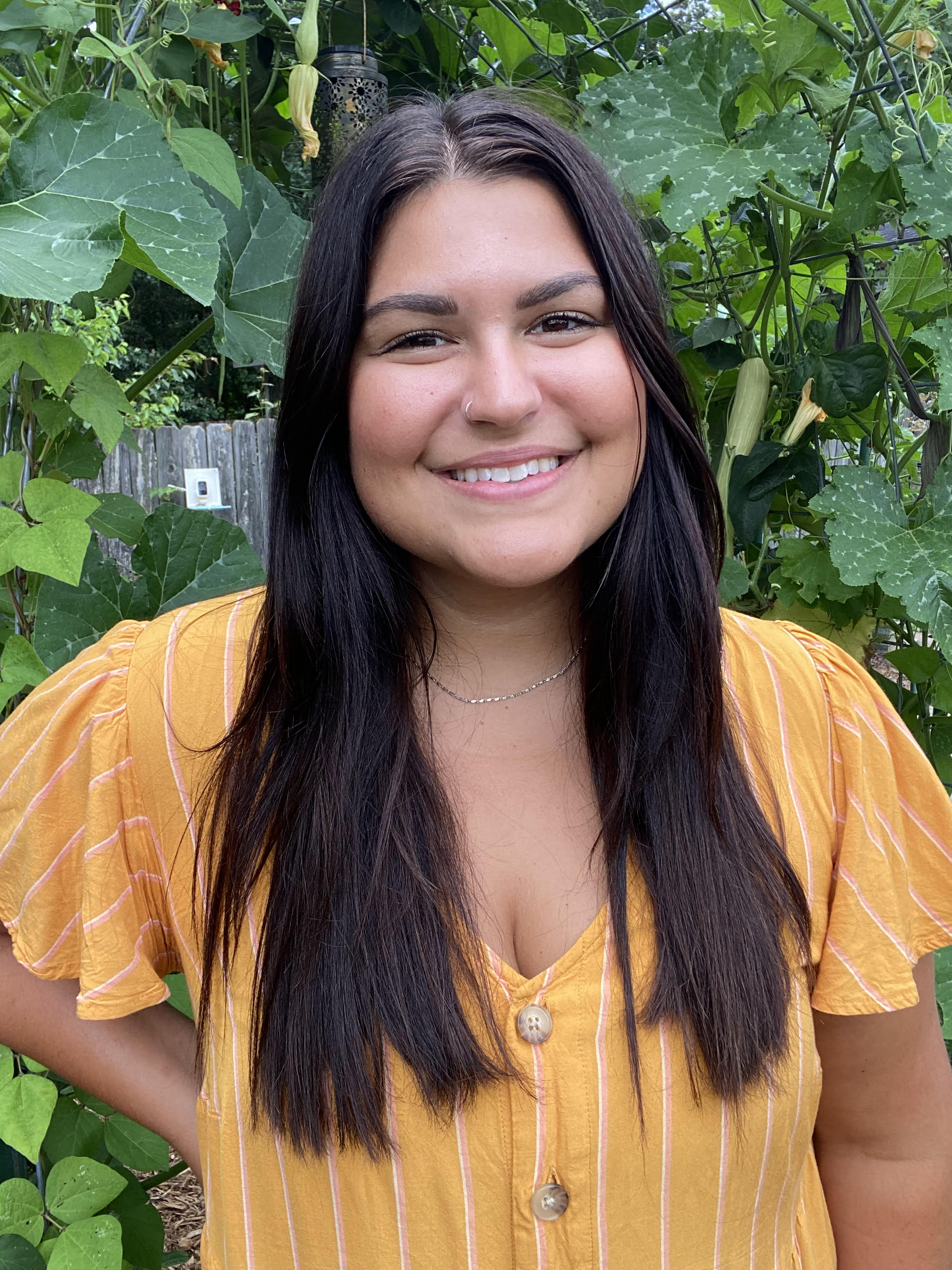What is chaos gardening? The experimental "learning by doing" method only takes four steps in small yards
We spoke to a plant pro about the freedom of chaos gardening and learning to trust our intuition when digging in the dirt


Chaos gardening sees growers throw caution (and seeds) to the wind with a lenient, much freer approach to planting than traditional. We've sought advice from a green thumbed pro on how to tackle the informal practice when working in small yards.
The no-rules-required technique of chaos gardening has become a TikTok sensation, with users showcasing how to follow your intuition, let go of gardening expectations, and plant a mixture of seeds without mapping out a plan.
Before you shudder at the thought of letting go of the reigns, take a step back and allow the freedom of chaos gardening help you create the small garden of your dreams, even if it's a bit different than what you had initially thought.
What is chaos gardening, exactly?
When learning how to make things grow, it's easy to become wrapped up in specifics like gardening zones, Farmers' Almanac predictions, and extensive care tips. In contract, chaos gardening means you're a little more trusting of Mother Nature and willing to let her do her thing rather than planning every little detail out.
"Chaos gardening can mean different things to everyone," says gardening expert Meg Lloyd. "For me, it's always been a way of gardening that just feels more natural. It's going with the flow and learning by doing instead of getting super overwhelmed with all of the information that's out there."
All in all, this means you're sprinkling a variety of seeds throughout your space and not precisely mapping out how things will take shape in the ground or your raised garden beds. There's a learning curve for sure, but it's certainly a fun way to go about the process and leaves much room for learning how to garden organically.
"I started chaos gardening when I was working a full-time job and had an hour commute each way," Meg recalls. "I remember walking out one day, throwing up my hands, and thinking, I do not have time for all of this gardening stuff."
Get small space home decor ideas, celeb inspiration, DIY tips and more, straight to your inbox!
From there, Meg nonchalantly threw a bunch of seeds into the soil and said, "Whatever happens happens." So, what did happen? "A pretty productive harvest," she recalls.

Meagan Lloyd is a gardening enthusiast and educator based in North Carolina. Her passion is teaching others how to grow, preserve, and cook their own food. Through her website and social media, she shares gardening tips, tutorials, and how to turn your harvests into delicious garden-to-table meals. Meg’s gardening philosophy centers around embracing the chaotic and fun nature of gardening while advocating for practical, low-maintenance solutions.
How chaos gardening works in small yards
Mapping out small backyard ideas seems essential, particularly when your room is limited. Is it really possible to take such a lax approach to what you plant? Well, yes and no.
Our expert reveals the four key components of chaos gardening in small yards.
A post shared by Meagan Lloyd (@meggrowsplants)
A photo posted by on
1. Be willing to experiment
Though a lot of us ask, "what can I grow in April?" and "what plants work in my zone?" chaos gardening need you to take a step back and be willing to test out different seeds. Some will be winners, others will not — and that's completely OK.
"It's a lot of experimentation," Meg confesses. "We all live in different parts of the world, we all have different environments, and we all have different spaces, so I think a lot of it is experimenting and seeing what works."
2. Know the basics
While you can take a laid back approach to what you're planting, it will be helpful if you have some knowledge of gardening for beginners.
"Usually plants that are very big and take up a lot of room — like tomatoes, okra or huge flowers — they're probably not going to be the best to chaos garden with," Meg says.
"The things that work the best are plants that are a little bit smaller can be planted more densely, or plants that have tiny seeds, which take well to chaos gardening."
Meg recommends dipping your feet into the chaos gardening soil (get it?) with things that can be planted densely, like lettuce, herbs, and chamomile — which works out perfectly if you're a fan of tea in the morning.
Snag Everwilde Farms' 500 Organic German Chamomile Herb Seeds on Amazon and Burpee's Lettuce Leaf Salad Bowl Seeds at Home Depot.
3. Provide the essentials
No matter what flowers, veggies, or herbs you're growing, or where, they all require the Holy Trinity of gardening basics.
"Plants need three things: good soil, good sun, and water, and if they have all that, then they want to grow, and they're going to grow," Meg says. "It's up to us to take care of them after that, but I think that's a good foundation."
4. Take a step back
Needless to say, aesthetics are often a deciding factor when gardening, or choosing what to plant, but Meg advises being willing to try and fail with some seed combinations, and happily swoon over others. A bit of hit and miss is normal and the name of the chaos gardening game.
"It takes a little bit of patience," Meg admits. "But if you come to it with the attitude of: I'm not going to stress about this. I'm just going to try things out and see what works, that's when people really find out how they can garden."
Want to elevate your porch, patio, and beyond? We asked gardeners about the best trees to grow in pots, and these 10 delightful selections will make a statement.

Pleasure to meet you! I'm Danielle, a content editor at Real Homes who loves scoping out interior trends. I've specialized in lifestyle writing and editing for 10 years with a focus on events, food, and books, among other areas. When I'm not working, I'm usually cooking, reading, or searching for a new project for my apartment.